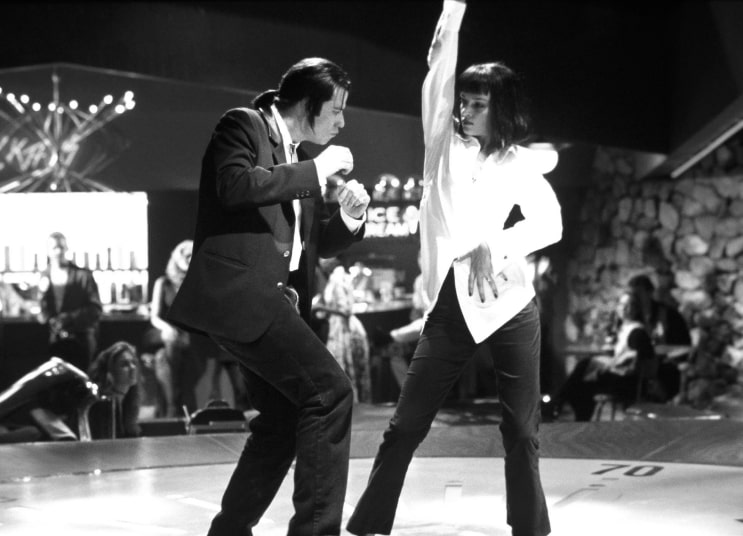Film Analysis
"Pulp Fiction" Analysis: A Cinematic Masterpiece of Nonlinear Storytelling
Sep 1, 2023
By
Avinash Prabhakaran
Released in 1994, "Pulp Fiction" is a seminal film directed by Quentin Tarantino. Known for its bold narrative structure, memorable characters, and iconic dialogue, the film has left an indelible mark on cinema.
In this analysis, we'll delve into the elements that make "Pulp Fiction" a cinematic masterpiece and explore its enduring influence on the world of filmmaking.
Nonlinear Storytelling
One of the defining features of "Pulp Fiction" is its nonlinear narrative structure. The film consists of interconnected stories and characters, presented out of chronological order.
This approach, which Tarantino masterfully employs, adds an element of surprise and intrigue to the storytelling.
The nonlinear structure serves multiple purposes:
Creating Suspense: By presenting events out of order, "Pulp Fiction" keeps the audience guessing, creating a sense of suspense and anticipation.
Character Exploration: This structure allows for in-depth character exploration. Viewers gain insights into the lives and motivations of the characters as the film unfolds.
Thematic Complexity: The nonlinearity reinforces the film's themes of redemption, moral ambiguity, and the consequences of one's actions. It challenges viewers to consider the consequences of decisions made by the characters.
Repetition and Resolution: The nonlinear structure enables the film to revisit certain scenes and provide additional context, leading to a satisfying resolution of storylines.
Iconic Characters and Dialogue
"Pulp Fiction" boasts a cast of unforgettable characters portrayed by talented actors. Vincent Vega (John Travolta), Jules Winnfield (Samuel L. Jackson), Mia Wallace (Uma Thurman), and many others have become iconic figures in cinematic history.
These characters are known not only for their actions but also for their sharp and often humorous dialogue. Tarantino's signature witty and pop culture-infused writing style permeates every conversation, making even mundane discussions captivating.
The characters' memorable quotes, such as Jules' recitation of Ezekiel 25:17 or Mia's description of a $5 milkshake, have become part of film lore, illustrating the film's enduring impact on popular culture.
Exploration of Moral Ambiguity
"Pulp Fiction" delves into moral ambiguity, blurring the lines between right and wrong. Characters often grapple with ethical dilemmas and make choices that challenge conventional notions of morality.
Jules' transformation from a hitman to a seeker of redemption after a near-death experience is a testament to the film's exploration of moral themes. The film invites viewers to question the consequences of their actions and the possibility of redemption.
Visual Style and Cinematography
Tarantino's visual style is unmistakable in "Pulp Fiction." The film's striking compositions, innovative camera angles, and creative storytelling techniques have influenced a generation of filmmakers. Cinematographer Andrzej Sekuła's work captures the gritty, vibrant atmosphere of Los Angeles, enhancing the film's overall impact.
Conclusion
"Pulp Fiction" is a cinematic tour de force that challenges traditional storytelling conventions and redefines the crime drama genre. Its nonlinear structure, iconic characters, memorable dialogue, and exploration of moral ambiguity have cemented its place in film history.
Quentin Tarantino's ability to craft an intricate narrative while maintaining audience engagement is a testament to his storytelling prowess. "Pulp Fiction" inspires and captivates audiences, proving that great cinema is not bound by time or linear storytelling.
It remains a timeless classic that will continue influencing filmmakers and entertaining cinephiles for generations to come.


